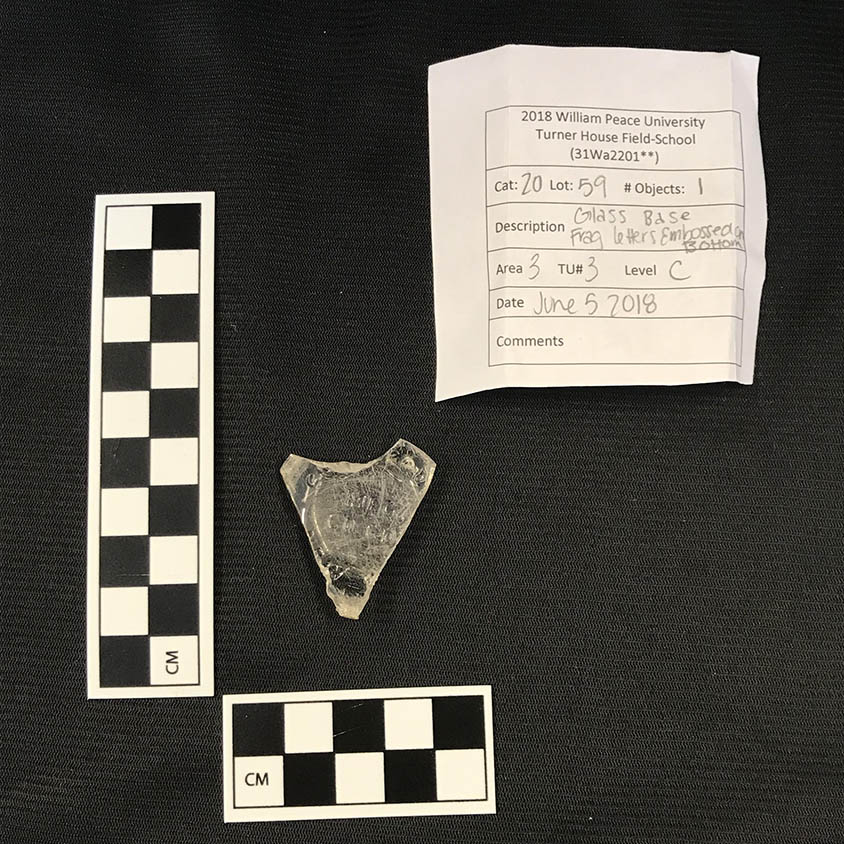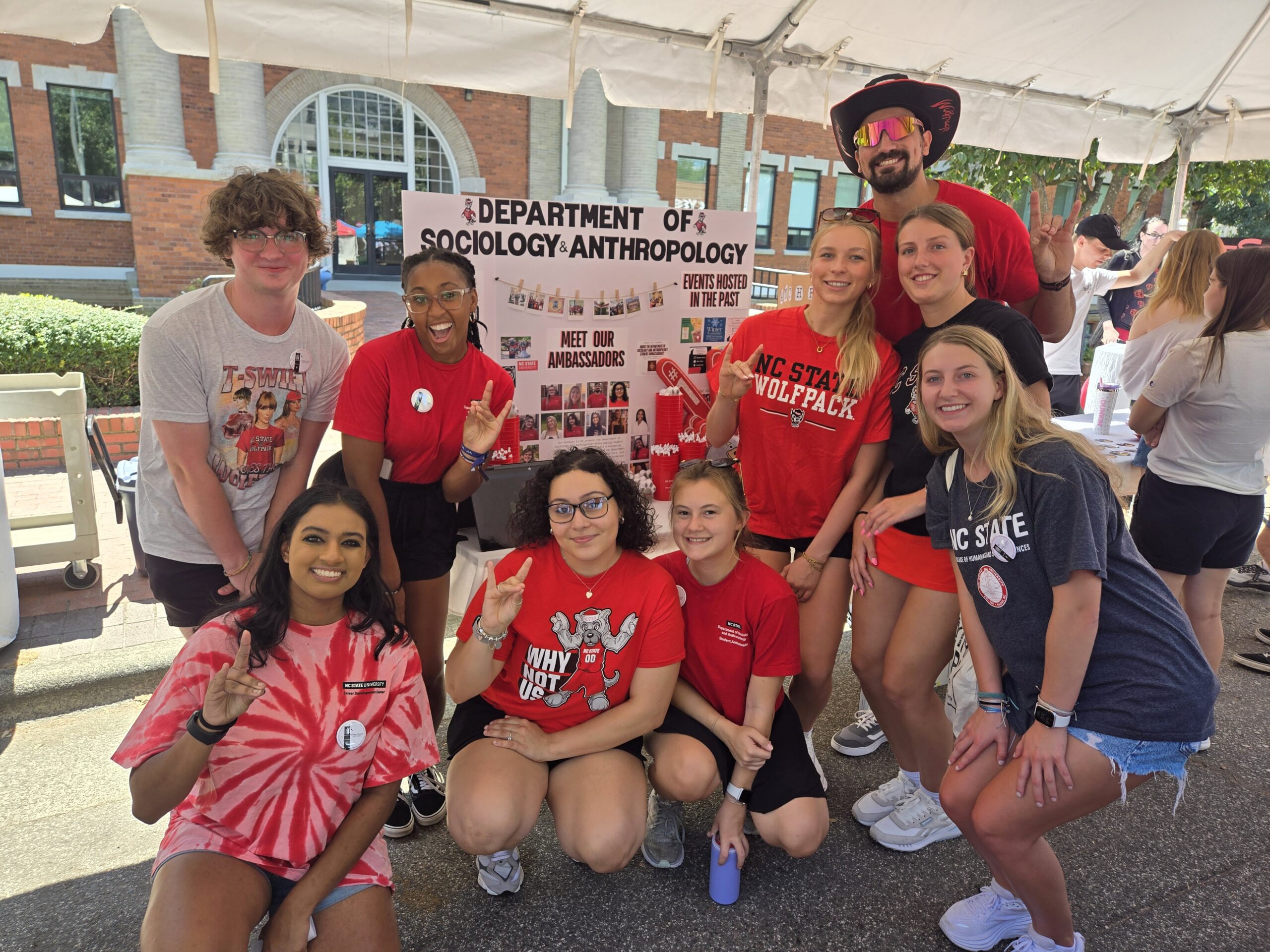Last month, I interviewed Assistant Professor, Dr. Dru McGill as part of our February 2021 Departmental Newsletter. In that article, I briefly mentioned Dr. McGill’s work in association with Oberlin Village. With Oberlin being just blocks away from North Campus, it is important to spread awareness of the history and of the work being done at Oberlin so close to campus and the ways in which we all can get involved in a post-pandemic world.
The historic African American community that is the Oberlin Village of today is dated to the 1850s. It was founded by free Black families and grew into a large, successful community in the decades after the Civil War when many formerly enslaved individuals and families were looking for a place to settle. Oberlin is one of what was once more than a dozen similar historic Black communities in Raleigh, but due to issues such as gentrification, development, and migration inspired often by segregation laws and other inequities, many of these communities have been lost.
When talking about Oberlin with Dr. McGill, he said that in the late 19th and early 20th century, Oberlin was a thriving established community consisting of hundreds of families in what was then right outside of Raleigh. Many of the first generations of individuals living in Oberlin were craftspeople with jobs such as carpenters, seamstresses, homemakers, and farmers. He shares that the children of these craftspeople built on the successes of their parents and grandparents to become middle-class Americans who were lawyers, teachers, and doctors. The people of Oberlin Village today say that their ancestors are some of the people who built Raleigh into what it is presently.
Despite many challenges in the 20th century, the families of Oberlin Village held tight to their memories and history. In the early 2000s, the community organized and created The Friends of Oberlin Village (FOV), a non-profit group with the goal of telling people about the history of Oberlin Village and preserving what is left.
Dr. McGill has been involved with the FOV for about five years now, and he says that he feels “extremely blessed” to have made the connection. He said they are an incredible group of dedicated people who want to inform the broader community in Raleigh and North Carolina about African American history, heritage, and the contributions that their ancestors made to North Carolina.
Many departments outside of the Department of Sociology and Anthropology have collaborated with FOV. Dr. McGill says that the History, Psychology, and Marine, Earth, and Atmospheric Science Departments have all conducted research and collaborated with Oberlin.
Currently, there is a lot of ongoing research being worked on in association with Oberlin. First, a few years ago there was an archaeological excavation in the yard of a house in Oberlin called Turner House. The goal of the excavation was to learn more about the Turner family and other families in the community. The excavation was led by faculty at Wake Technical Community College and William Peace University. After the excavations finished, NC State took on the recovered artifacts, curating them in the Archaeology Lab on campus. It was in the Fall of 2019 that I took ANT-495: Special Topics in Collections Management with Dr. McGill that the processing of the Turner House collection began with classmates and volunteers alike.
That semester, I spent time both inside and outside of class time cleaning, sorting, analyzing, and accessioning the artifacts of the Turner House excavation. I had the opportunity to handle all sorts of materials recovered from the site. Just some of the things I handled included various building materials, nails, marbles, a doll’s face, assorted colored glass, and countless pieces of pottery with varying designs and glazes.
However, I personally took an interest in the container glass recovered from the site, and along with two partners, Anthropology graduate student Devon Borgardt and Anthropology undergraduate student Cami Swafford, we began the process of identifying shards of bottle glass. The container glass found at Turner House was broken into shards of various sizes, so each of us chose a different aspect of the bottle to analyze. I chose to work with the base shards of bottles, while Devon worked on the faces and body, and Cami on the rim shards. I identified these bases using maker’s marks, base shape, color, circumference, number codes, factory codes, suction marks, stippling or design patterns, and wording. From there, I was able to tell the company a bottle was manufactured by, its contents, its age, and the distance a bottle traveled to name a few insights.
When asked about other projects relating to Oberlin, Dr. McGill said another project that is currently being worked on is the continued preservation and conservation of Oberlin Cemetery, which is the historical African American cemetery associated with Oberlin Village. It was founded in 1871, and today it is believed that it was the burial place of both freed and enslaved peoples pre-1871. There are over 600 people buried in Oberlin Cemetery which is known from both the grave markers and by the work of a former NC State Ph.D. student in Marine, Earth, and Atmospheric Science, John Wall, who did part of their dissertation work mapping the graves in the cemetery.
Other work being done in the cemetery includes the semi-annual clean-ups, which many students in our Department may be familiar with because they either attended these clean-ups or were enticed to wake-up on a Saturday morning with the promises of Krispy Kreme and extra credit.
It was during our interview that Dr. McGill also shared some great news, and that was that a preservation grant he co-wrote in collaboration with the FOV through the Archaeological Institute of America was funded. With this grant, they now have the funds for further preservation efforts at the cemetery, like lifting several fallen grave markers and landscaping.
Something else Dr. McGill spoke about in regard to Oberlin that is important to remember is that the FOV is a community-driven organization, meaning that the Board of Directors is primarily made up of descendants from the community. However, the broader organization includes people from all walks of life. He says that whatever people want to bring to the organization, they are welcome. He also emphasized that if you are wanting to get involved with a local non-profit that has a mission to raise-up and inform people about African American heritage and culture, that the FOV is a great organization to work with. So, if students have skills or are a part of other organizations like fraternities, sororities, or churches and believe they can mobilize groups of people, he encourages them to reach out to the leadership at Oberlin through himself, or the Oberlin website (linked at the bottom of this article), to learn more and see how they can contribute.
Next Fall, if you are returning to campus, I encourage you to take a 10-minute walk from the 1911 Building and visit Oberlin Village. It is intrinsically tied to North Carolina and is important to be aware of the history so close to campus, especially if you walk through it on your way to the Village District. I also encourage everyone to volunteer for a Saturday morning to help clean the Oberlin Cemetery, because afterward you will also get a tour and learn about specific families buried there and the impacts they have had on Raleigh.
If you are interested in learning more or becoming involved with the FOV, please visit: https://friendsofoberlinvillage.org/
This post was written by Mary Erickson, a senior studying anthropology with minors in history and international studies and a Department of Sociology and Anthropology student ambassador.

- Categories:





